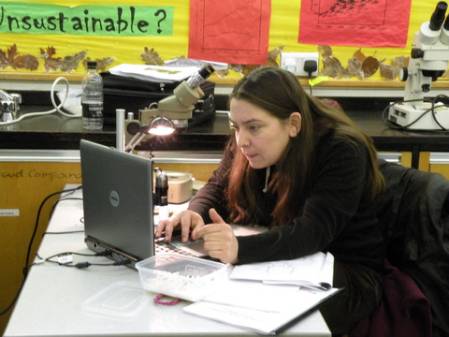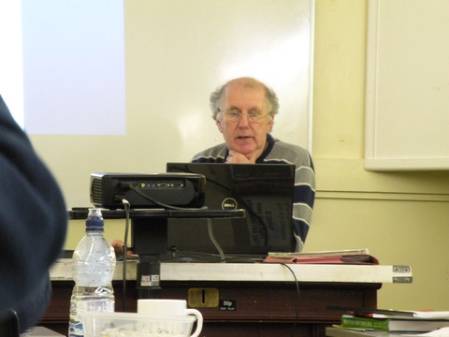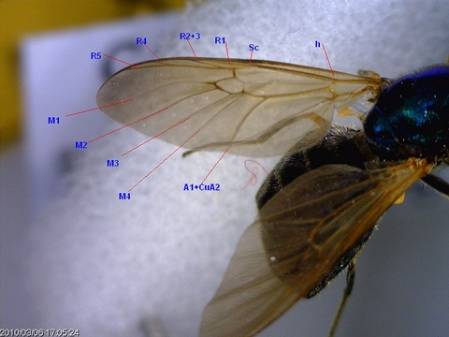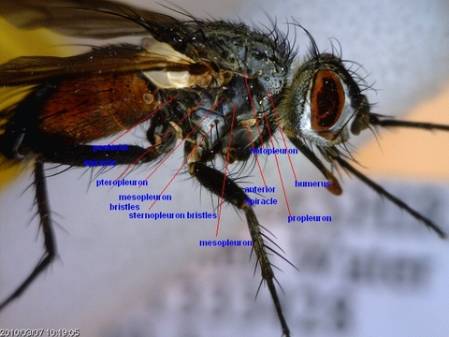Well I have finally got a moment to sit down and write my blog. It has been a while but I have lots to say now. (Actually there is no difference there to normal…)
Last week saw the start of a group of volunteers going through the French Guianan material. There were many many applicants so we have decided to take them on in batches so I do not cause myself to have a breakdownL. The first group are underway and the second group will be contacted once I am back from Tajikistan (more about that later)
There are about 10 at the moment that are working through the material and learning the delights of beetles that don’t look like beetles, flies that look like wasps, earwigs that look like beetles due to no abdomens and many other sorts of craziness. They are all really enthusiastic which is great as there will be many long hours ahead trying to sort through this material. I leave them alone in the lab to sort and they separate the material into Petri dishes for me to check. I have seen some fabulous Bombyliids, some amazing Pentathalmids, Tachinids, Asilids and many more. Yesterday there was a very large tick in the sample, there have been pseudoscorpians J, as well as some crazy shaped Opiliones (harvestmen). It’s all good stuff! It is still going to take a fair amount of time though to sort through all of the material L but I will keep you posted.
And here is an example of them sorting the insects into the major groups with the Hymenoptera on the left, the Diptera in the middle and then coleoptera and others of the right and at the bottom.
Last weekend some colleagues and I went away on a Fly course. It was a starter course but I want to learn more about Acalyptrates of which I know very little as I do not curate that part of the collection. The course was at Preston Montford which is a fabulous place to hold entomology course (and others). I spent a large part of the course taking photos of the specimens to correctly annotate wing venations etc. The course is run through the Dipterists forum www.dipteristsforum.co.uk and it was great to have some very high level expertise at our finger tips! It is nice to get an opportunity to look at specimens again! A lot of my time recently has been taken up with visitors, loans and meetings L.
I am pretending to concentrate!!
John Ismay, a Conopid specialist amongst other things who lectured us.
Here is an example of a Soldier fly wing (a Stratiomyidae) which I photographed using a dinolight and then annotated.
And here is a hairy Tachinid fly
We had the annual Entomological dinner a couple of weeks ago which was a great excuse for a lot of entomologists to get together (in their hundreds!!) and rant all things insects, I pity the poor partners who are forced to attend these things J. The meal is held at Imperial College (next door) so many use it as an opportunity to come and look at the collections during the day. I had a visitor that is investigating predatory gall midges, which I personally think should be discluded from Diptera as they are so hard to identify J. Another one was studying the genitalia of crane flies, whilst another was looking a Dolichopodidae (which do have the most exciting genitalia J). I have to admit that I had a sore head to next day when dealing with my volunteers.
We are also putting the final stages for the field visit to Tajikistan. I went last year with Ralph Harbach, who one of the worlds experts on Mosquitoes. We are trying to sort out visas and flights (arriving at Dushanbe airport at 3.30 in the morning!!!). This is the beginning of a project trying to study the mosquito population and the levels of the malarial plasmodium in the Country.






